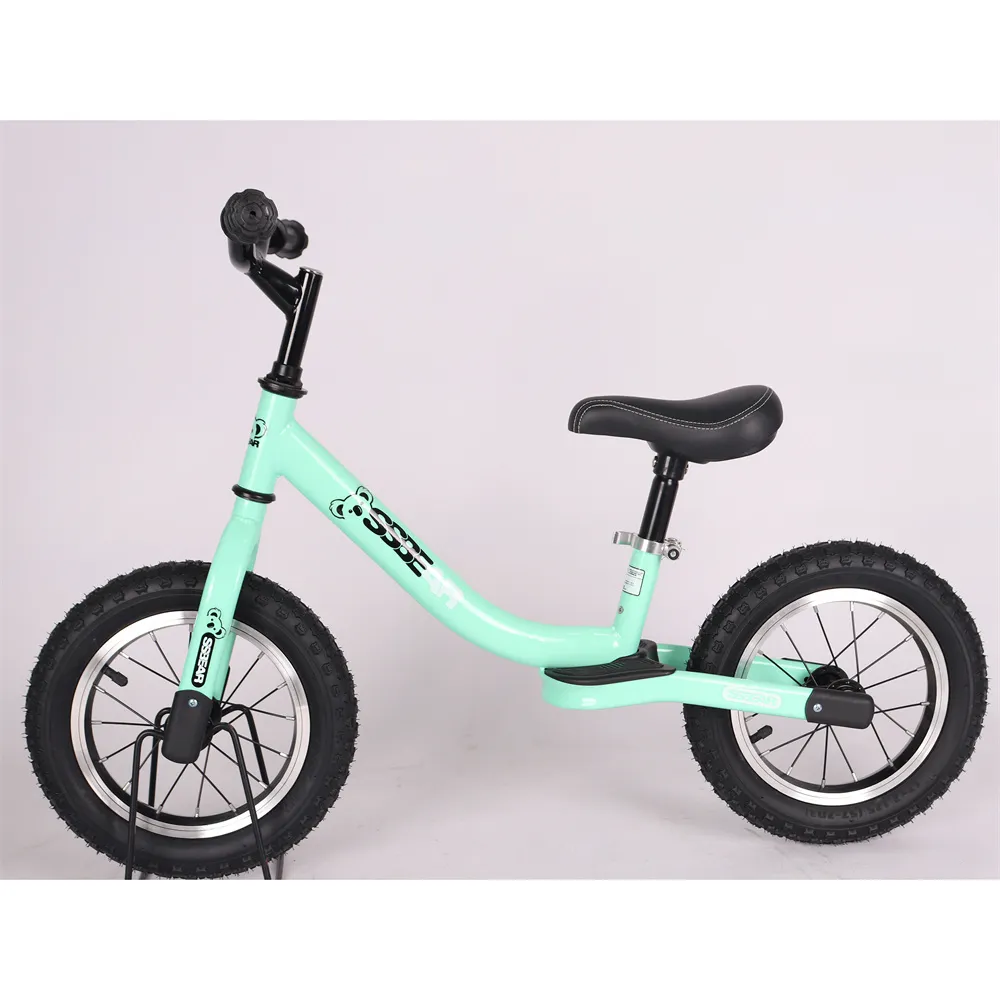Do balance bikes support the development of walking skills in young children and infants?
Do Balance Bikes Help Babies Walk?
In recent years, balance bikes have gained popularity as a preferred tool for teaching young children how to ride before transitioning to traditional bicycles. However, a question that often arises among parents and caregivers is whether these small, pedal-less bikes can contribute to a child's ability to walk. This article delves into the relationship between balance biking and walking development, exploring the benefits of balance bikes for toddlers.
Balance bikes, which are designed for children as young as 18 months, promote a unique riding experience. Unlike traditional bicycles, they lack pedals, which allows children to focus on balancing and steering. This functionality instills confidence as they glide along on two wheels, using their feet to push off the ground. The primary advantage of balance bikes is that they teach children critical balance and coordination skills without the complexities of pedaling or braking.
Do Balance Bikes Help Babies Walk?
Moreover, children who use balance bikes often have opportunities to develop their spatial awareness. Riding a balance bike involves discerning how to navigate space, maneuver around obstacles, and assess the environment, which are all skills that contribute positively to walking. The increased confidence gained from successfully riding a balance bike can also translate into a greater willingness to explore their surroundings—a quality that is instrumental when children are learning to walk.
do balance bikes help babies walk

In terms of social skills, balance biking can also offer interactive play opportunities with other children. This social engagement not only fosters peer relationships but also encourages a child to emulate the walking and biking behaviors of their friends. Observational learning is a powerful tool in child development, and seeing peers navigate on balance bikes could encourage a child to take their first steps with similar enthusiasm.
However, it’s important to differentiate that while balance bikes can facilitate the development of walking skills, they are not a direct substitute for traditional walking or crawling experiences. Babies still require a variety of experiences to enhance their walking capabilities, such as safely navigating different terrains and encountering various physical challenges that can strengthen their balancing abilities.
As with any developmental tool, balance bikes should be used in moderation and paired with other activities that promote walking. Caregivers should encourage toddlers to also engage in walking, running, and climbing to build a rounded skill set. Parents can integrate balance biking into a broader routine that includes safety, supervision, and varied physical activities.
In conclusion, balance bikes can indeed play a supportive role in helping babies walk, thanks to their focus on balance and coordination, social interaction, and building confidence. While they should not replace traditional walking practice, balance bikes serve as an excellent supplement that can enhance these crucial early motor skills. By combining balance bike usage with other forms of physical activity, caregivers can set the stage for their children to not only walk but also develop a love for movement that lasts a lifetime.
-
The Perfect Baby TricycleNewsAug.11,2025
-
Ride into Fun with Bikes for KidsNewsAug.11,2025
-
Ride into Adventure with the Perfect Kids Balance BikeNewsAug.11,2025
-
Fun and Safe Riding with the Best Childrens ScootersNewsAug.11,2025
-
Find the Perfect Childrens Bike for Your Little OneNewsAug.11,2025
-
Explore the Best Baby Tricycles for Your Little OneNewsAug.11,2025
-
Three-Wheel Light-Up Scooter Benefits for KidsNewsJul.11,2025








